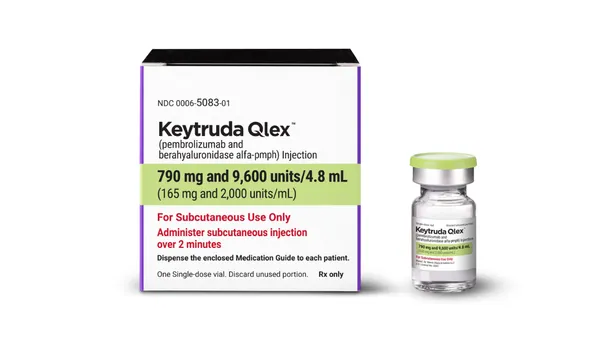Trusting the Gut — Making Room for Predictive Understanding One could legitimately argue that greater emphasis needs to be placed on studying the initial impact of an idea — quick decisions are relevant and, in some circumstances, may be the relevant metric. Rob Rogers Chief Creative Officer As testament to the theory that one can absorb 85% of the content of any business book by reading the first 25%, my bookshelf is full of quarter-read corporate volumes, however, I found Malcolm Gladwell’s “Blink: The Power of Thinking Without Thinking,” an explanation of our mystifying collective behavior, to be an exception — I read it from cover to cover. In the book, Mr. Gladwell makes a thought-provoking assertion about the role of instinctual ability. He describes a process that he calls thin slicing, whereby humans can intuitively reach a decision in milliseconds without recognizing an actual cognitive process. He further describes this adaptive conscious as the ability to know. Beyond being just an intriguing idea, this hypothesis has substantial implications for those engaged in marketing and research. If the hypothesis is accepted, it may go some way toward explaining the contrary behaviors sometimes shown by consumers, which can so heavily penalize marketers and their companies. Mr. Gladwell’s theory makes it possible to understand that, even with the extensive resources and onerous processes dedicated to understanding, analyzing, and predicting the market, there is still huge potential for companies to miscalculate. This premise might also suggest that the lack of ability to trust a snap judgment, even when we intuitively know something is right, is based on our reliance on a particular kind of data analysis. This lack of trust in one feature of our senses might be thought of as a kind of institutionalized sensory impairment, in which we have largely lost the ability to make decisions, absent due process and data presented in a particular form. Slicing It Thin Beyond examining the possible explanation of a consumer phenomenon, Mr. Gladwell points marketers to a potentially higher-order benefit: his studies indicate that thin slicing can actually deliver results more accurately than formal, conventional research. As an example, he recounts the case of an established expert in ancient art who purchased a statue and believed it to be a genuine artifact from 6th century B.C. This expert’s decision, choice, and subsequent acceptance of the statue were largely based on provenance, that is, a historic paper trail of data proving authenticity. But four other experts immediately upon seeing the statue — and without the “benefit”of any accompanying data — believed there was something wrong with the piece. As the book relates, the statue was subsequently proven to be a fake, with the purchaser admitting he believed the piece to be real. simply because all of the supporting evidence indicated it to be so. The other experts, with an absence of formal data, simply felt something was amiss with the statue. This is Mr. Gladwell’s explanation of thin slicing. Going With the Gut One might argue that there is no news here, but rather a rehashed description of a now unpopular practice among some marketers, who developed the notion of “trusting the gut.” Many of the great marketers of history have been credited with having a predictive understanding of their product and market; many having been quoted as saying they just knew that a product or idea was going to hit the spot with consumers. And so, have we expunged this ability to know from the corporate DNA? And what are the implications of these theories for today’s marketers? From a personal communication perspective, I have seen many appealing ideas subjected to the rough end of the analytical research brush — and these potentially exciting ideas subsequently reduced to a “least likely to offend” status by round after numbing round of research. It would appear that an emphasis on due process has too often replaced inspired thought. One could legitimately argue that greater emphasis needs to be placed on studying the initial impact of an idea — quick decisions are relevant and, in some circumstances, may be the relevant metric. In others words you have a gut: maybe you should think about using it more often. Sudler & Hennessey, New York, is a global healthcare marketing and communications organization with offices around the world; the network includes two global communications agencies — Sudler & Hennessey and Sentrix Global Health — as well as specialized divisions in medical education, research and strategic planning, branding, publication strategies, sales training, and digital solutions. For more information, visit sudler.com. September 2006 VIEW on Marketing
An article from


Trusting the Gut -- Making Room for Predictive Understanding
Filed Under:
Commercialization









